Today, there are measly returns to be made in putting food on our tables, with a 38% drop in income for fruit and veg producers. It’s no wonder that 12,000 farms across the UK have gone to the wall over the last decade. Farmers must make a fair return if they’re to deliver more local healthy food.
It is difficult to see how the UK can become more food secure, build resilience, boost biodiversity and tackle climate extremes or pollution, when there’s so little money in farming, which is now so squeezed for cash that the government has set up a new farm profitability unit. It’s also called for a review, to be headed up by the former president of the National Farmers’ Union, Minette Batters.
The UK’s 209,000 farmers, who sell to the 17 major food retailers, only get between 7% and 10% of gross value added for food, depending on your data source. The UK food supply chain is worth £147.6 billion a year, yet farm income is just £4.5 billion, that’s an alarming 3% of the total, with farmers often receiving less than 1% of supermarket profits – this is a sorry state of affairs.
“We need a new model, but we’re really entrenched in the old one. Why isn’t there any more money for producers? Is it an unwillingness to pay more? The latter is tempered by false expectations – we’ve lost touch of the real value of producing food. Some campaigners say fruit and veg should be cheap, but the fact is, it is not cheap to grow,” explains Lisa Jack, Professor of Accounting at the University of Portsmouth, who wrote the report, “Unpicking food prices” from SUSTAIN.
So where is the money in our food system? It’s certainly not sitting with farmers. Is there profit in the system at all? False expectations have again come to the fore with supermarkets in another price war over vegetables at Easter, selling produce at huge discounts as loss-leaders. This again degrades their perceived value, reinforcing the idea that fruit and veg should be super-cheap.
“The perceived imperative to offer low prices to consumers at the expense of grower returns is squeezing the UK horticultural sector out in favour of cheaper imports. Supermarket activity is fundamentally damaging food security in the UK by further increasing our reliance on cheap overseas imports and putting UK growers out of business, said a House of Lords report.
This comes at a time when farmers are having to swallow rising costs from energy and fuel, to transport and inputs; all have soared in price dramatically in recent years. And when it comes to subsidies, the agricultural sector may get £3 billion a year, but only 1% goes to horticulture.
Following the money isn’t easy
Drilling down on where profits are made is extremely difficult. There is little transparency in the money that moves through UK food supply chains. It is therefore hard to calculate where the share of risk, responsibility, and reward lies. The government has said more risk needs to be shared in food supply chains. At the moment it’s farmers that bear the brunt, dealing with high risks and low rewards.
“The understanding of this lack of profitability is also very limited. There is a general sense that farmers are losing money and that it’s really difficult to turn a profit growing food. But it’s not widely understood why, even by people who are closely associated with the sector,” explains Dr Charlie Taverner, Policy Lead for Farming Futures at the Food, Farming and Countryside Commission.
The big supermarkets may make significant profits, but it is unlikely that they’re making substantial returns on the produce they sell, according to Jack Ward, CEO of British Growers Association. More money is being made on processed products and ultra-processed foods, selling petrol or on other items where retailers can add value, which they can’t do with unprocessed fruit and veg.
“What’s the potential for supermarkets to put more money back down the supply chain to farmers, given the fact that they are making lots of money on other stuff – that’s the question?” states Lydia Collas, Head of Natural Environment at Green Alliance.
It is also the case that marginal costs i.e. costs once overheads are paid for, aren’t equal across the food supply chain. For the big supermarkets, these costs include the vast expense of running thousands of stores and logistical centres across the UK – this is typically over 90% of their costs. They then set prices that enable them to cover those overheads.
Farmers categorise about 70% of their costs as overheads, this leaves marginal costs of around 30%. “A system where one party gets to cover over 90% of their costs, while another covers 30% is not fair,” states Professor Jack in her research.
She continues: “And if there’s any savings in the system, supermarkets immediately reduce the price to consumers. Everybody is expecting discounts from other parts of the supply chain. If there’s a saving anywhere, it is used to cover overheads – it is not passed on to farmers.”
The status quo isn’t delivering fair returns to producers. Very little has changed over the years, despite calls for a strategic review of the horticulture sector. When quizzed recently by MPs on fairness in the supply chain, Daniel Zeichner, Minister for Food Security and Rural Affairs offered up slippery words… you would think from his responses there wasn’t much that needed changing.
“The Westminster government, certainly at a ministerial level, doesn’t quite grasp what they mean by profitability either. When Steve Reed, the Secretary of State for Environment, Food and Rural Affairs talked about this issue, he mentioned diversification – making it easier to put up chicken sheds, or solar farms. But this isn’t about finding new income streams, it’s about addressing the underlying problem of farms not making money from food production,” points out Dr Charlie Taverner.
Let’s double what farmers get by law
Tim Lang, Professor of Food Policy from City University suggests that we need legislation stipulating that up to 15% of the price consumers pay for food should go to primary producers. This doubling of farm incomes would be a massive shot in the arm for the sector. But it would have a tiny effect on the quarter of a trillion pounds that the British public spend on food and drink each year.
Any analysis of money in this sector also needs to understand that we now have two parallel food systems, one focused on minimally processed food such as vegetables, milk and meat, and another system that is fixated on processed and ultra-processed food. These systems have become too heavily intertwined, since they’re dominated by the supermarkets, processors, and big food companies. This muddies the water on who makes money and where investments are made.
“We need to reassert the deep and wide-ranging values of minimally processed and sustainably grown food, which are not accounted for in the current system and its associated value. It’s about changing the overall framework of our food economy,” details Taverner from FFCC.
There is potential
We shouldn’t be too down. Fruit and veg production can be one of the more profitable agriculture sectors. On a land area use basis, low quality sheep grazing pasture gives you £320 a hectare, whereas a market garden can generate £18,000 for the same area, according to a report by the Landworkers Alliance.
“You’d rather be running a horticulture farm right now than one focused on grazing livestock, which isn’t making any money at all and is dependent on government subsidies,” points out Lydia Collas.
The fact that most British adults and children don’t eat enough fruit and veg, also means that the growth potential is huge. Nor do we consume enough locally grown produce. More consumption and more production would bring more money into the sector, so would better public procurement focused on local produce sourcing, but as with the supermarkets, it is about marginal gains.
One thing’s for certain, change cannot come quickly enough when it comes to the lack of farm profitability before farmers diversify too much and more give up producing fruit and veg all together.

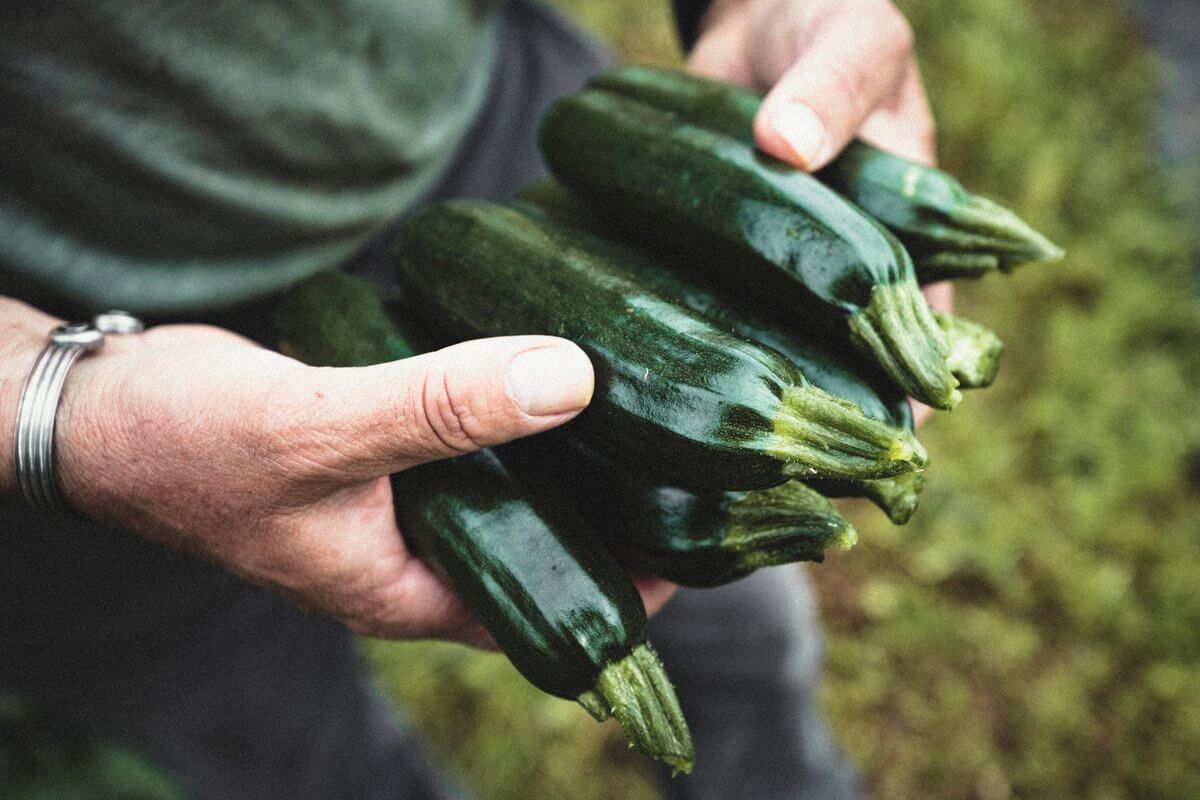

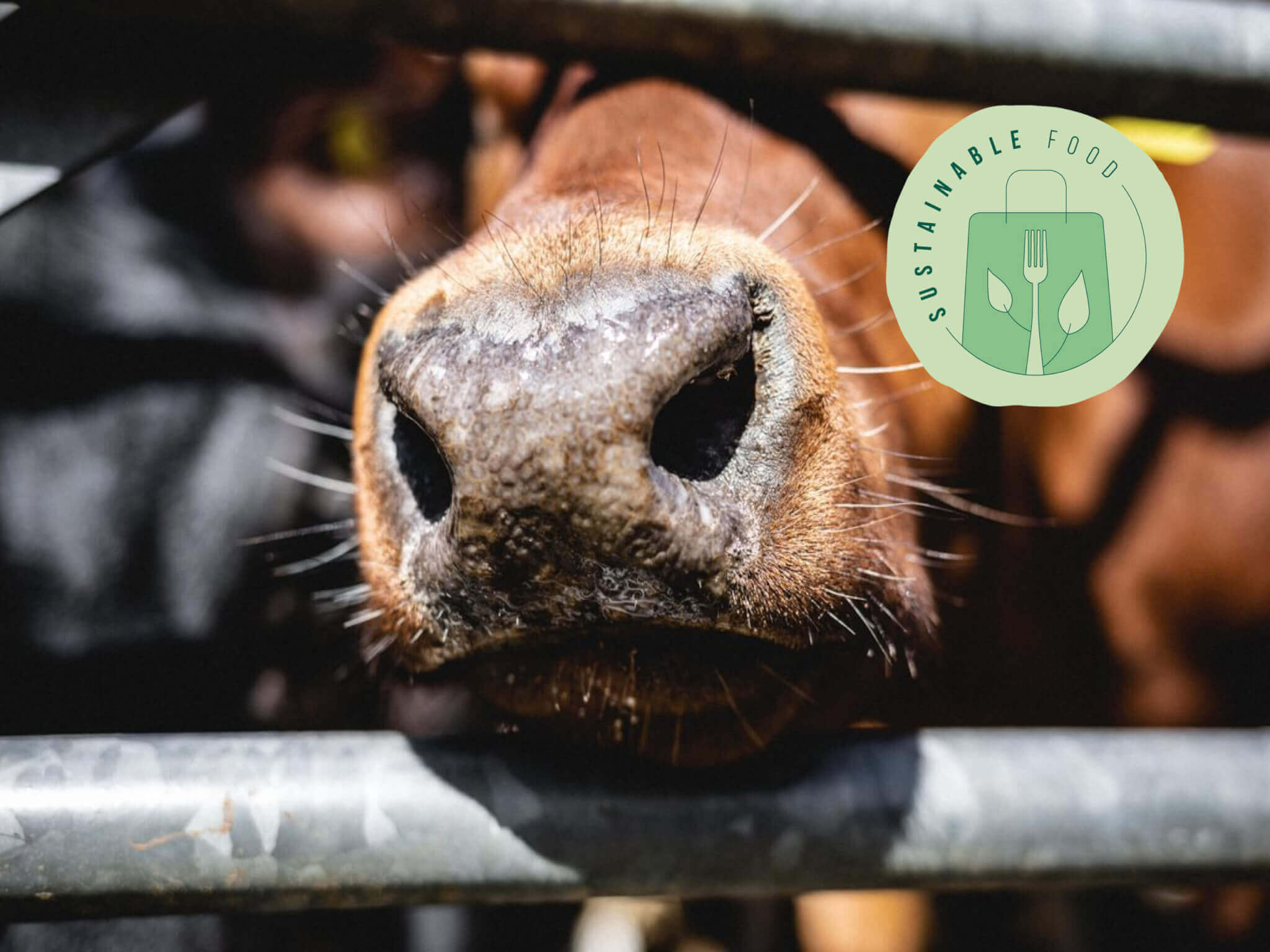

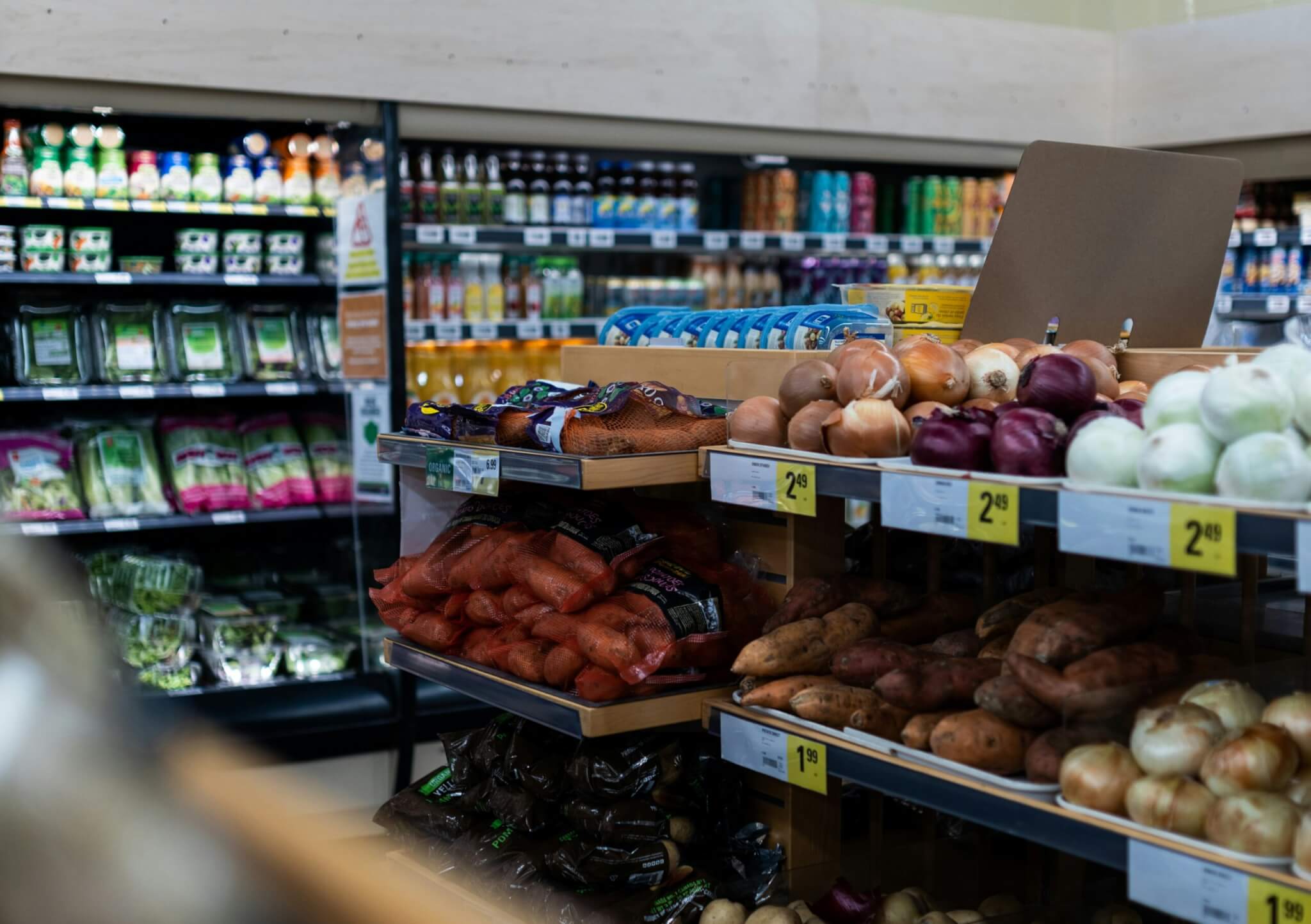

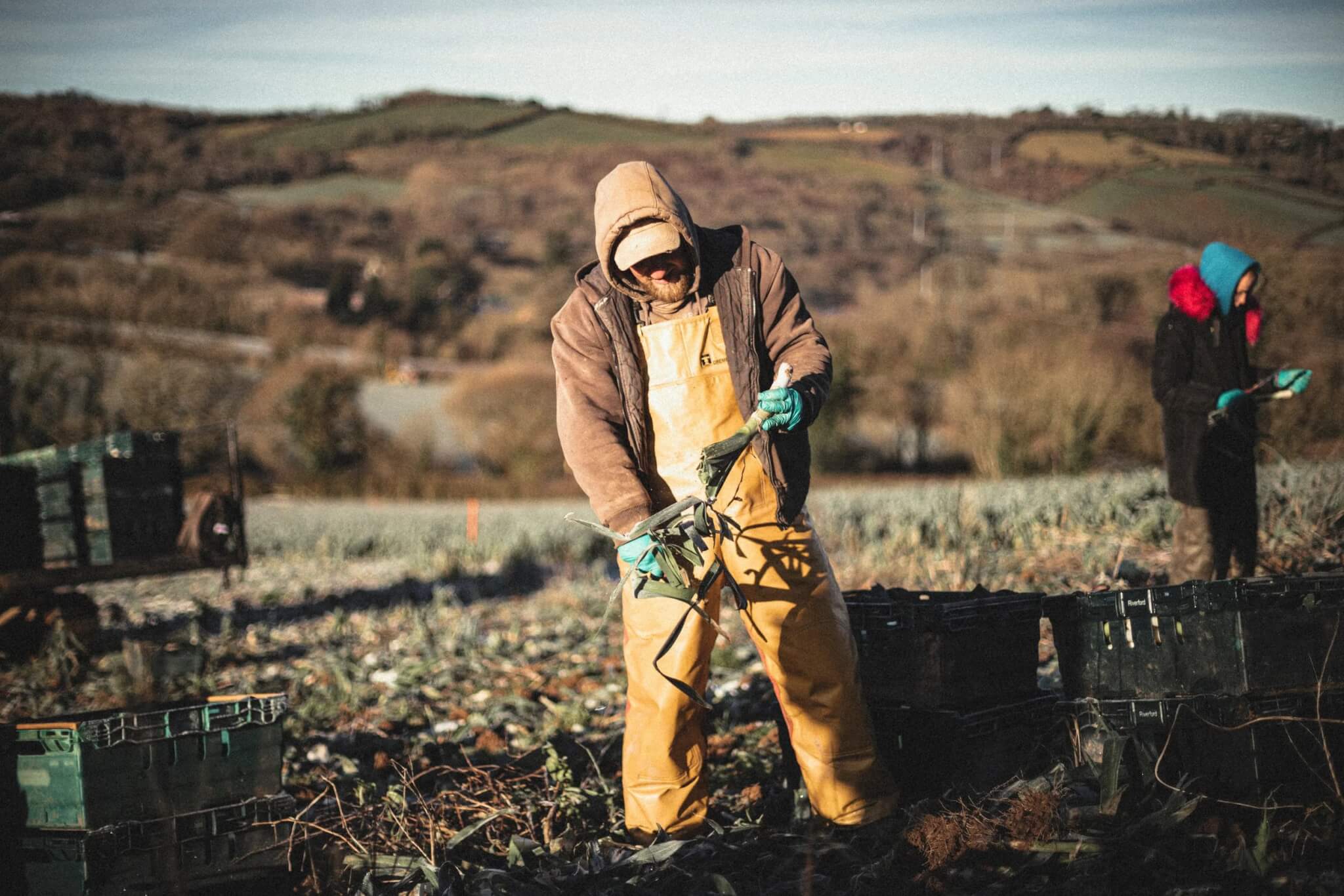
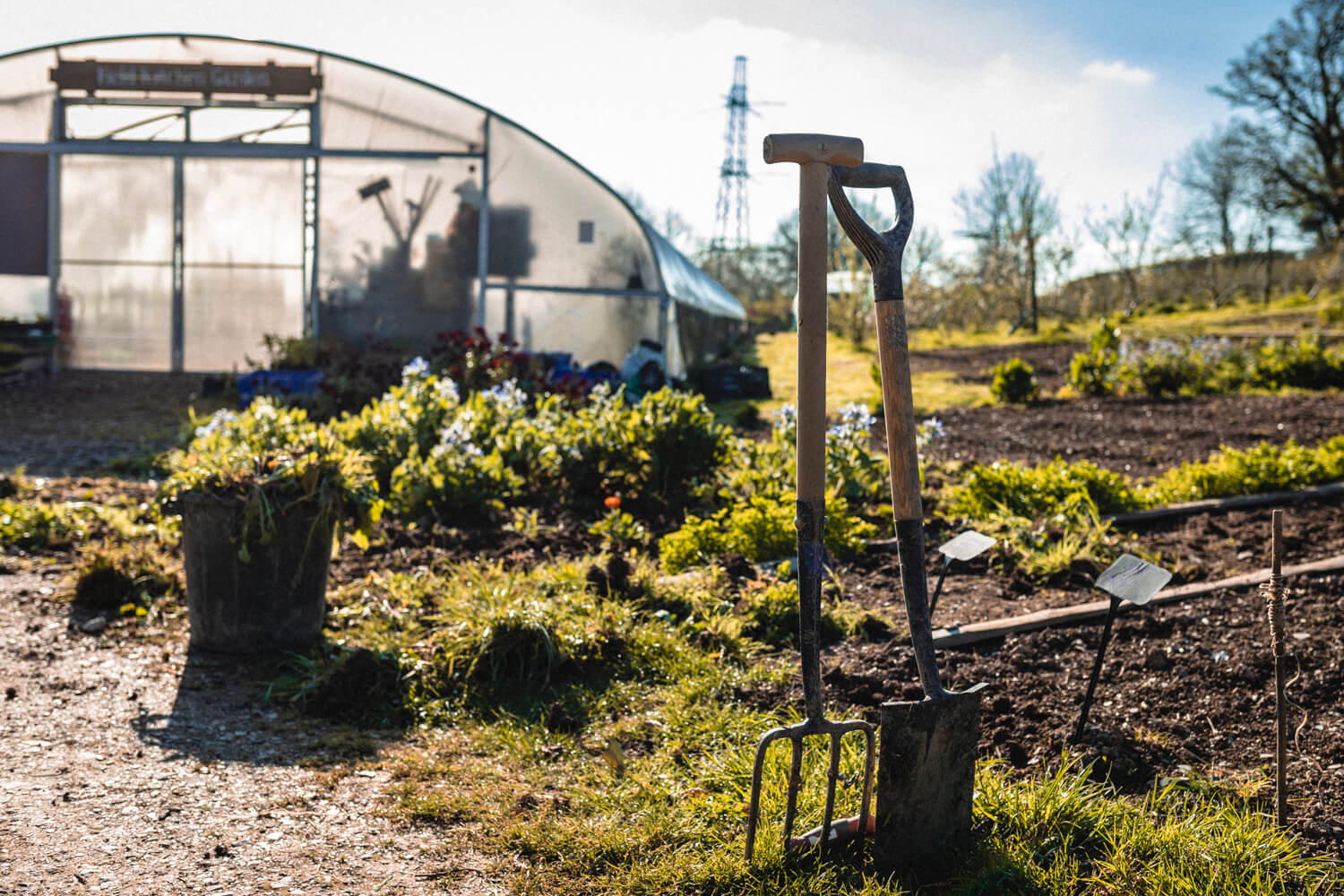
0 Comments